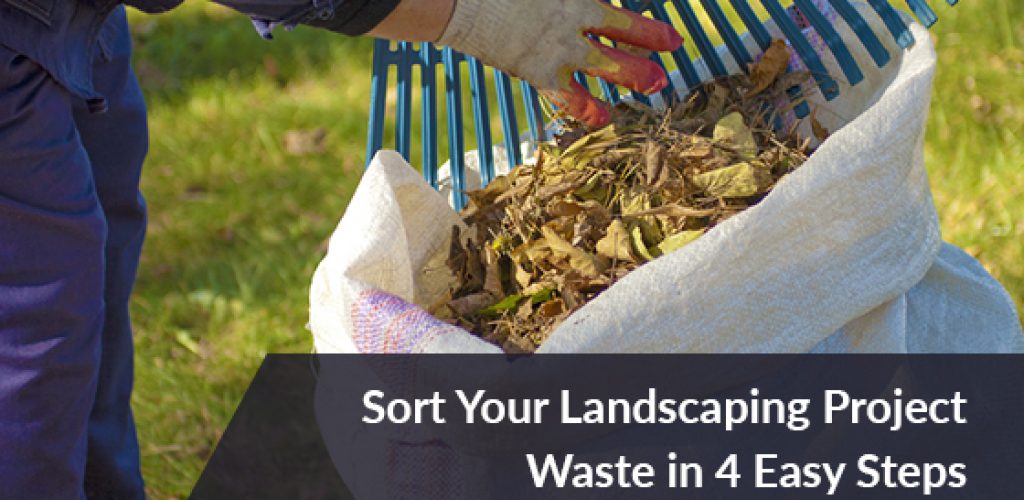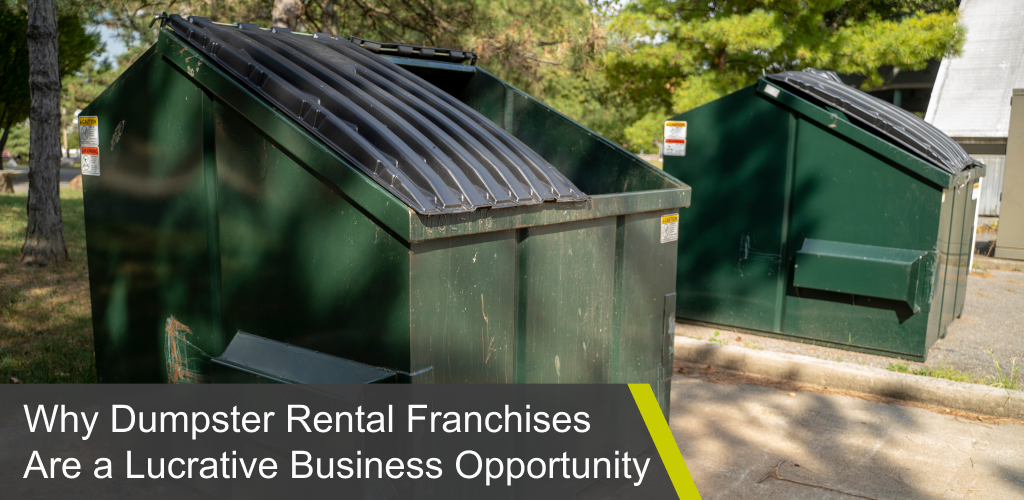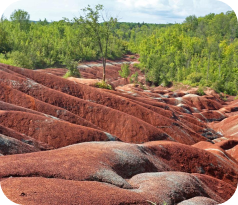How To Sort Waste From Your Landscaping Project

Landscaping projects usually leave behind large quantities of different kinds of waste that pose sorting and disposal challenges for the contractors. However, sorting landscaping waste will be much easier if you follow these steps.
Step 1: Plan Ahead
Landscaping projects often involve a bit of deconstruction, demolition, and digging. These activities should be allocated enough time to ensure that are done properly and to completion before the waste disposal process begins. This reduces disposal costs.
Step 2: Conduct an Audit
A professional and experienced landscaper should perform a thorough audit to identify salvage and recycling opportunities. Ideally, the audit should be carried out together by the owner, designer, landscaper, salvage expert, and other professional contractors involved in the project.
Step 3: Create a Deconstruction/Salvage Plan
The landscape and salvage contractors should work together to outline what work should be carried out on the site. This may include the following tasks.
- An assessment of hazardous materials such as combustibles and asbestos.
- Identification of the type and quantity of materials that can be salvaged and reused.
- Establishing the type and quantity of materials that can be separated out for recycling, such as wood, metal, concrete, bricks, or gypsum.
- Set up of procedures for sorting and separating different types of waste and recyclables, such as identifying the bins that will be used for recyclables.
- Estimating the quantities of waste to be disposed of for proper identification of the right size of waste bin rental. Estimate the amount of waste that will be generated from each activity, including deconstruction, salvage, and renovation. Use the disposal records of similar past projects as a guide.
- Identification of recycling and waste disposal facilities around the site that may be available for recycling, reusing, or disposing of the waste materials generated by the project.
Step 4: Review Recycling Options
Identify the most ideal collection and hauling options for your site. Collection options may include the following strategies.
- Source separation—recyclables such as cardboard, metal, wood, and gypsum are separated on site. These materials are put into separate bins or stored in piles on-site.
- Mixed or co-mingled collection—all recyclable materials are collected in a single bin for sorting at a later date.
The latter option will result in time wastage during the sorting phase and the loss of a lot of recyclable materials.
Final Tip
If you have limited space on-site, consider getting rid of target waste materials at different phases of the project. For instance, you can use a dedicated earth bin during the digging phase to keep the site uncluttered.













